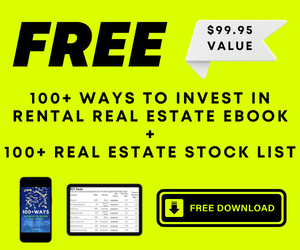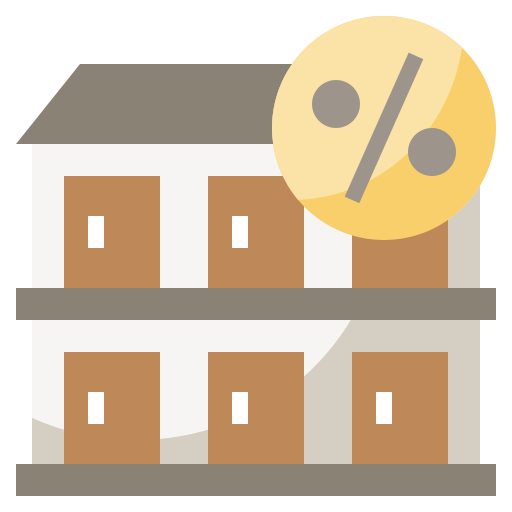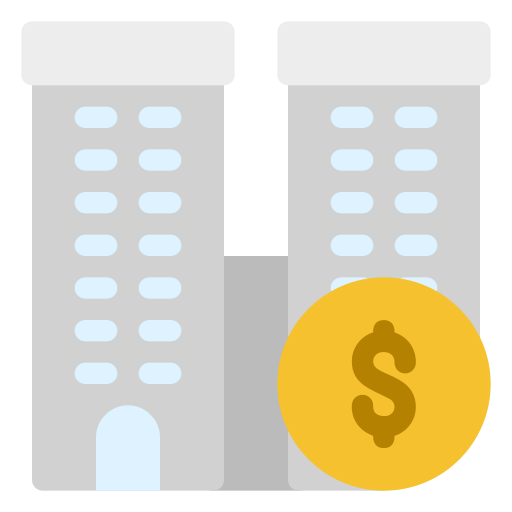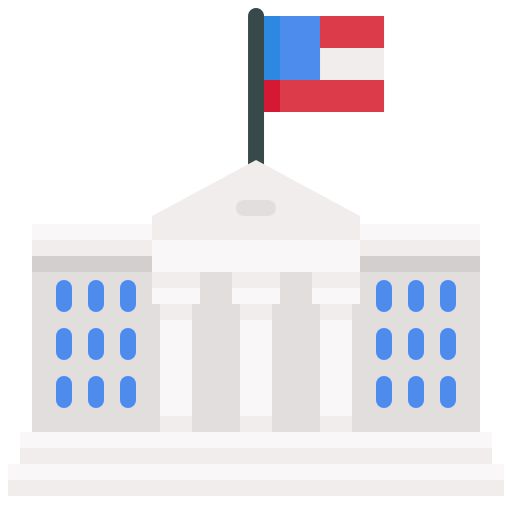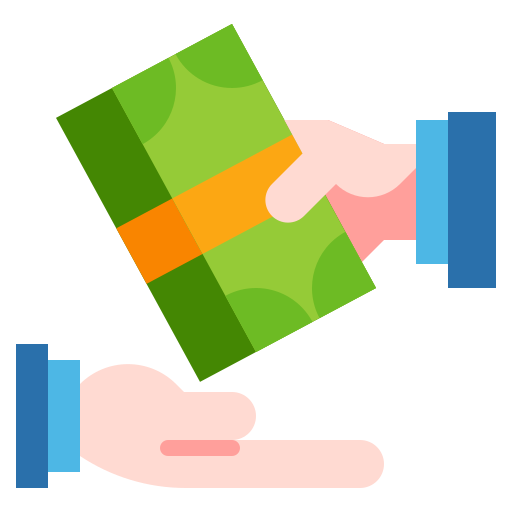Last Updated: December 2023

There are a few different ways to use a HELOC (Home Equity Line Of Credit) to finance an investment property purchase. The first way is to take out a HELOC on your primary residence and using the proceeds to fund a rental property purchase, which is considered a home equity loan. The second way is taking out a HELOC on an investment property, which is typically considered a commercial loan. HELOCs are great real estate financing tools that allow you to access a property’s equity to finance the purchase of a new investment property acquisition, or use the funds to make renovations and improvements.
What is a HELOC?
A Home Equity Line of Credit (HELOC) is a type of loan that allows property owners to borrow money against the equity they have built up in their property. A HELOC works like a revolving credit line, similar to a credit card, wherein the borrower can draw funds up to a predetermined credit limit as needed and repay the balance over time. The interest rate on a HELOC is typically variable and based on prevailing market rates which means that your payments could go up or down depending on market conditions. While HELOCs are most commonly associated with primary residences, they can also be obtained for rental properties, depending on the lender’s policies.
Important HELOC Terms
Loan-to-Value (LTV) – Loan-to-Value (LTV) ratio is a financial metric that expresses the amount of a mortgage lien as a percentage of the total appraised value of the property, essentially reflecting the degree to which the property is leveraged.
Variable Interest Rate – A variable interest rate, also known as an adjustable rate, refers to an interest rate on a loan or mortgage that can change over time based on market conditions or an index rate, which may affect the cost of the loan and the borrower’s monthly payments.
HELOCs for Rental Properties
A Home Equity Line of Credit (HELOC) allows property owners to tap into the equity of their rental property, providing a flexible source of funds. While commonly associated with primary residences, HELOCs are also available for rental properties, albeit with potentially different terms and requirements. For real estate investors, this can be a strategic rental property finance tool for portfolio expansion, property renovations, or other investment activities. Leveraging a rental property’s equity through a HELOC can thus pave the way for further growth in the real estate market.
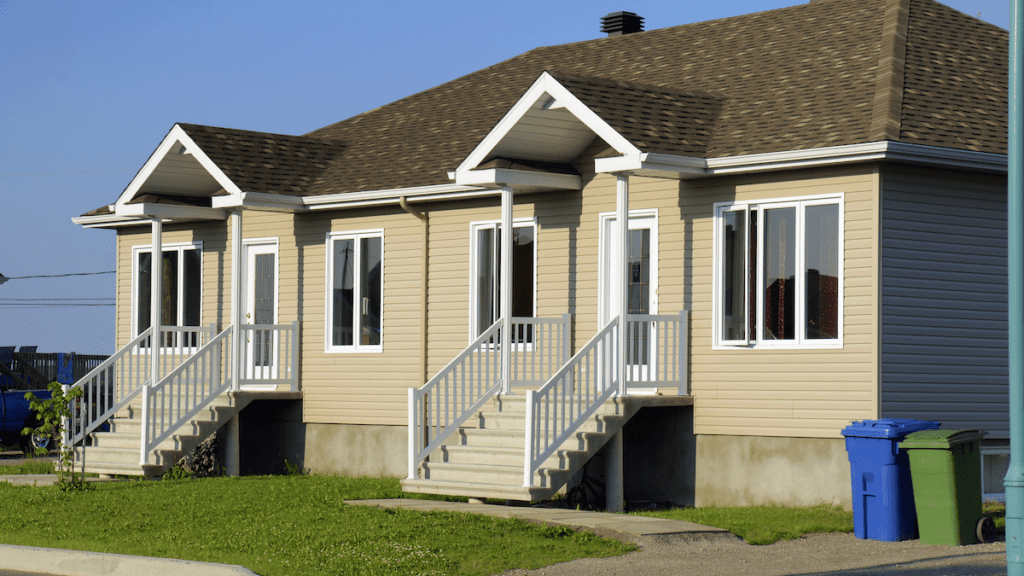
Example of a Using a HELOC on a Rental Property
John, a savvy real estate investor, had significant equity in one of his rental properties. Recognizing an opportunity in the market, he took out a HELOC on this property, accessing a substantial credit line. He then smartly used these funds as a down payment to purchase two additional rental units, effectively expanding his real estate portfolio and increasing his monthly rental income.
Primary Residence HELOCs to Buy Rental Properties
A Home Equity Line of Credit (HELOC) on a primary residence offers homeowners a way to access the equity built up in their main home. While this line of credit is often used for property renovations or other expenses, it can also serve as a strategic tool for real estate investors. By drawing from a primary residence HELOC, potential investors can secure the necessary funds to make down payments or even purchase rental properties outright. This approach combines the equity of a personal home with the investment potential of the real estate market.

Example of a Using Primary Residence HELOC to Buy a Rental Property
Sarah had lived in her primary residence for over a decade, building substantial equity over the years. Realizing the potential of the real estate market, she took out a HELOC on her home, giving her access to significant funds. Sarah then used this money as a down payment for a rental property, turning her home’s equity into a new avenue for passive income.
Pros & Cons of Rental Property HELOCs
HELOC Pros
- Flexibility: A HELOC offers flexibility in accessing funds, as you can draw from the credit line as needed, up to your predetermined limit. This allows you to borrow only what you need for a specific purpose, such as a down payment, property renovation costs, or closing expenses, and you only pay interest on the amount you have drawn.
- Potential tax benefits: Depending on your specific tax situation, the interest paid on a HELOC used for purchasing or improving a rental property may be tax-deductible as a business expense. Be sure to consult with a tax professional to understand your unique potential tax implications of using a HELOC for rental property investments.
- Leverage existing equity: A HELOC allows you to leverage the equity you have built up in your primary residence or another property to invest in additional real estate without the need for a traditional mortgage. This can be an efficient way to expand your rental property portfolio with a turnkey rental property.
HELOC Cons
- Variable interest rates: HELOCs typically come with variable interest rates, which means your payments could increase if market rates rise. This can create uncertainty in your monthly budget and may make it more challenging to manage the cash flow of your rental property.
- Risk to the primary residence: If you use a HELOC on your primary residence to finance a rental property purchase, you are putting your primary residence at risk in the event you default on the HELOC payments. This can be a significant consideration for homeowners who may not want to jeopardize their primary home for an investment property.
- Stricter qualification requirements: Obtaining a HELOC for a rental property can be more difficult than for a primary residence, as lenders often have stricter qualification requirements and may charge higher interest rates and fees. You will need to have a strong credit profile, a low debt-to-income ratio, and substantial equity in the property to qualify for a HELOC on a rental property.
HELOC Loan Requirements for Rental Properties
The requirements for obtaining a HELOC to purchase a rental property may vary depending on the lender and their specific policies. To qualify for a Home Equity Line of Credit (HELOC), borrowers typically need to meet the following requirements:
1. Property Must Have Sufficient Equity
A key requirement for obtaining a HELOC is having sufficient equity in your property. Lenders generally require that you have at least 15-20% equity in the property, although some may require more. Equity is calculated by subtracting the outstanding mortgage balance from the current market value of the property. Lenders will also consider the combined loan-to-value (CLTV) ratio, which includes the outstanding mortgage balance and the proposed HELOC limit relative to the property’s appraised value. A CLTV of 80% or lower is often required for HELOC approval.
2. Acceptable Debt-to-Income Ratio (DTI)
Lenders assess a borrower’s ability to manage the additional debt from a HELOC by evaluating their debt-to-income ratio. Generally, a DTI of 43% or lower is preferred, although some lenders may accept higher ratios for borrowers with strong credit profiles or substantial cash reserves.
3. Have Stable Income and Credit Profile
Lenders want to see that you have a steady source of income to cover the HELOC payments and other financial obligations. This is usually the case with all types of residential and multifamily loans. You may need to provide proof of employment, pay stubs, and tax returns to demonstrate your income stability. A strong credit score demonstrates your creditworthiness and ability to make timely payments. While credit score requirements may vary by lender, a score of at least 620 is typically required for a HELOC, and a score of 680 or higher is often preferred for better interest rates and terms.
4. Provide Additional Documentation if Needed
If you are taking out a HELOC for a rental property, you may need to shop around and work with a lender that specifically offers HELOCs for rental properties. Lenders may require additional documentation related to the rental property, such as an appraisal, leases, rent rolls, or operating statements, to assess the property’s income potential and overall investment risk. Also keep in mind that not all lenders offer HELOCs on rental properties, as they are often considered higher risk than primary residences.
The #1 Rental Property Newsletter
Once a month, we send out an exclusive Rental Property Market Update with top stories, current mortgage rates, building products, and more. No spam and unsubscribe anytime.

Rental Property HELOCs FAQ
Can I get a HELOC on my rental property, not just my primary residence?
Yes, many lenders offer HELOCs on rental properties. However, the terms might be different than a HELOC on a primary residence, often with higher interest rates or stricter equity and credit requirements, given the perceived higher risk.
How is the maximum amount of a HELOC determined?
The maximum amount you can borrow is based on the equity you have in your property. Lenders will typically allow you to borrow up to a certain percentage of your property’s appraised value, minus any outstanding mortgages or liens. For example, if a lender offers 80% loan-to-value (LTV) and the property is valued at $300,000 with a $100,000 mortgage, you might qualify for a HELOC up to $140,000 ($300,000 x 0.8 – $100,000).
What happens at the end of the draw period for my HELOC?
Once the draw period (typically 5-10 years) ends, you can no longer draw from the HELOC and must start repaying what you’ve borrowed. This period is known as the repayment period and can last 10-20 years. Monthly payments during this time will include both principal and interest.
About the Author

Ryan Nelson
I’m an investor, real estate developer, and property manager with hands-on experience in all types of real estate from single family homes up to hundreds of thousands of square feet of commercial real estate. RentalRealEstate is my mission to create the ultimate real estate investor platform for expert resources, reviews and tools. Learn more about my story.
More Rental Property Loans
Disclaimer: The information provided on this website does not, and is not intended to, constitute financial advice. As such, all information, content, and materials available on this site are for general informational purposes only. Please review our Editorial Standards for more info.
